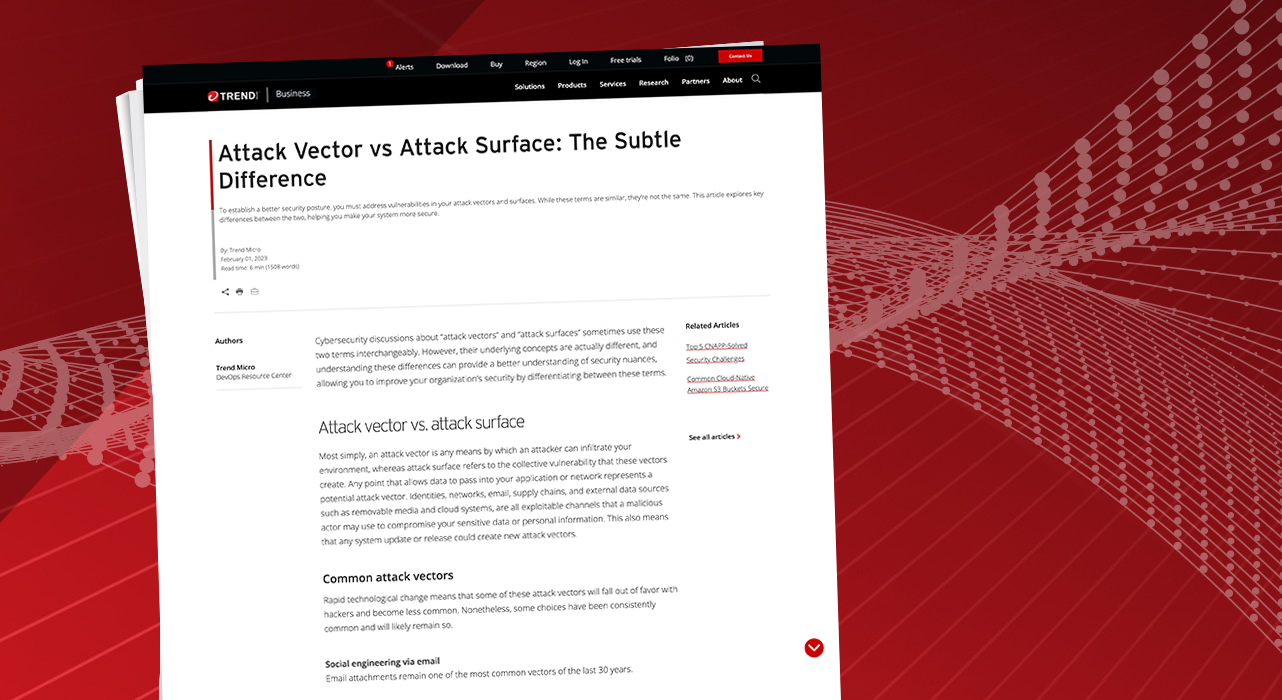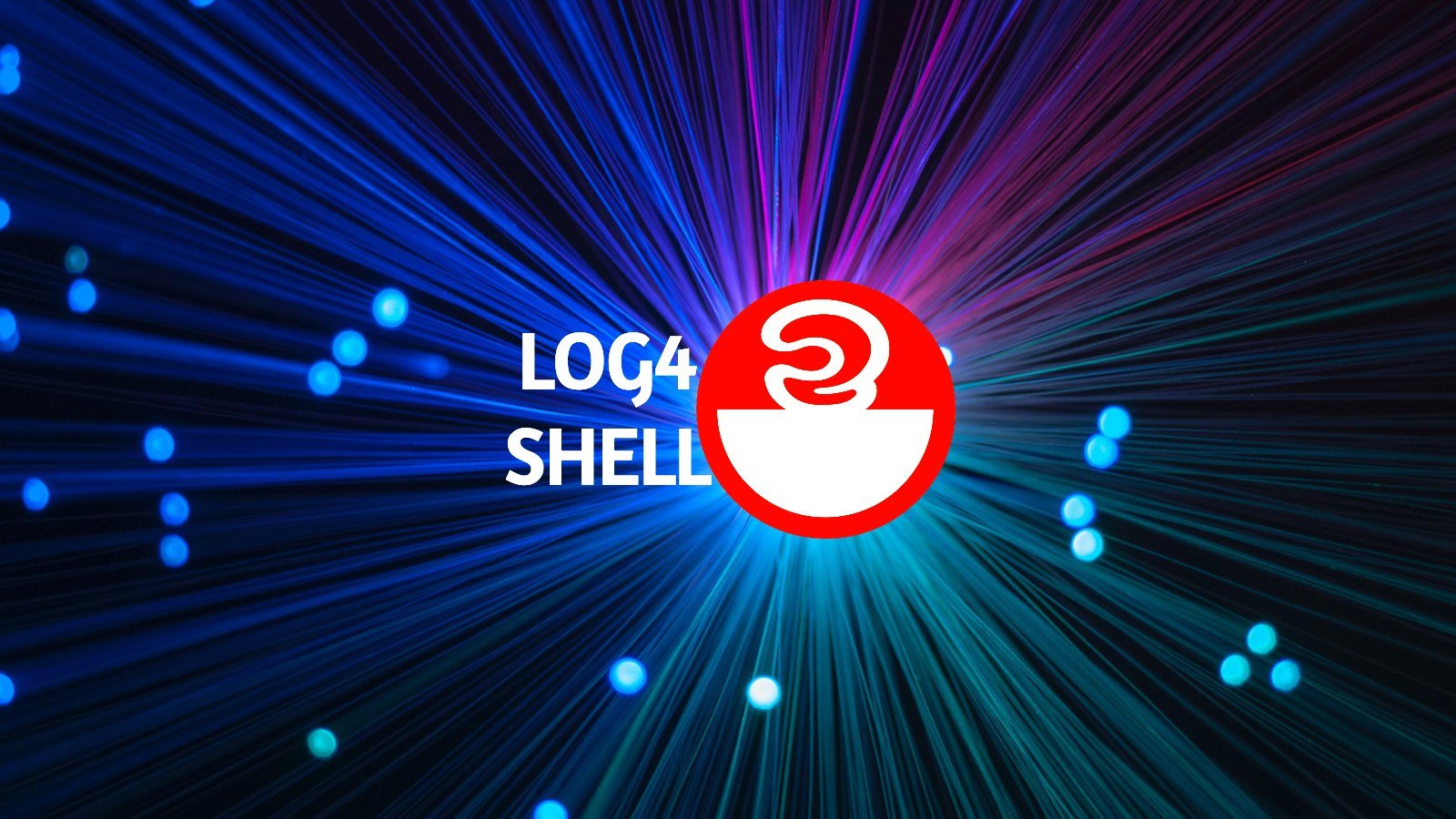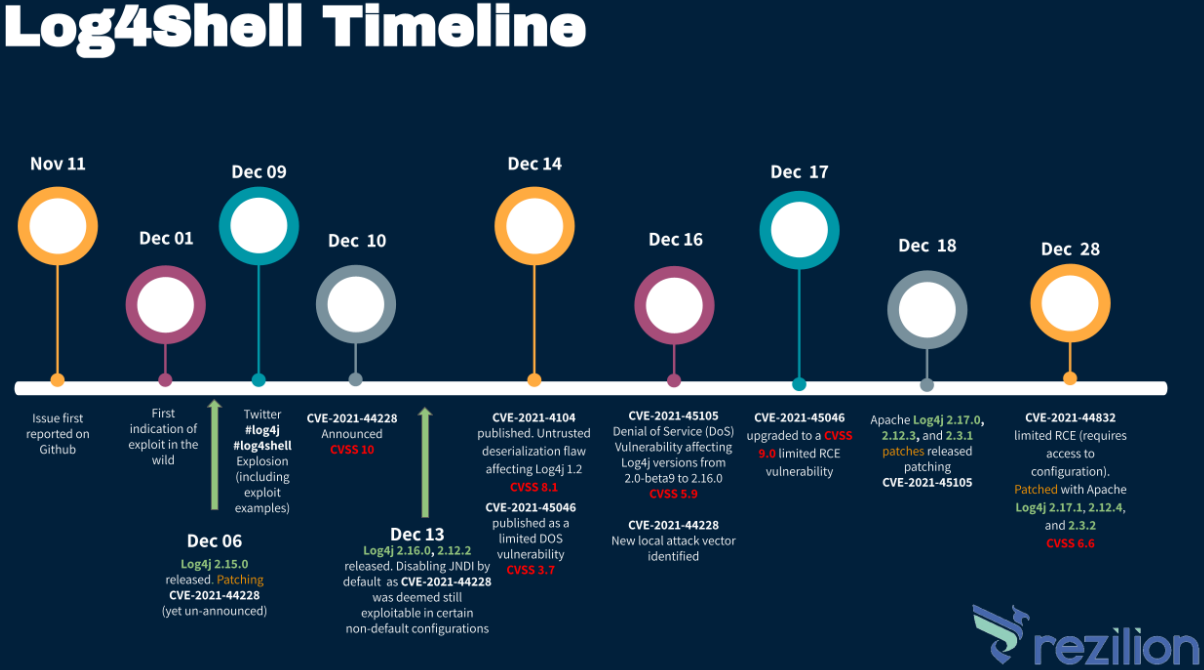More Treachery And Risk Ahead As Attack Surface And Hacker Capabilities Grow
Vector of Moving Forward
Every year I peruse emerging statistics and trends in cybersecurity and provide some perspective and analysis on the potential implications for industry and government from the data. While cybersecurity capabilities and awareness seem to be improving, unfortunately the threat and sophistication of cyber-attacks are matching that progress.
The 2023 Digital Ecosystem
Blue glowing futuristic technology, computer generated abstract background, 3D render
The emerging digital ecosystem is treacherous. In our current digital environment, every company is now a reachable target, and every company, large or small, has operations, brand, reputation, and revenue pipelines that are potentially at risk from a breach.
For 2023 and beyond the focus needs to be on the cyber-attack surface and vectors to determine what can be done to mitigate threats and enhance resiliency and recovery. As the interest greatly expands in users, so do the threats, As the Metaverse comes more online it will serve as a new vector for exploitation. Artificial intelligence and machine learning, while great for research & analytics (i.e. ChatGPT). However, AI tools can also be used by hackers for advanced attacks. Deep fakes are already being deployed and bots are continuing to run rampant. and the geopolitics of the Russian invasion of Ukraine has highlighted the vulnerabilities of critical infrastructure (CISA Shields Up) by nation-state threats, including more DDSs attacks on websites and infrastructure. Most ominous was the hacking of a Ukrainian satellite.
Here are some initial digital ecosystem statistics to consider: According to a Deloitte Center for Controllership poll. “During the past 12 months, 34.5% of polled executives report that their organizations’ accounting and financial data were targeted by cyber adversaries. Within that group, 22% experienced at least one such cyber event and 12.5% experienced more than one.” And “nearly half (48.8%) of C-suite and other executives expect the number and size of cyber events targeting their organizations’ accounting and financial data to increase in the year ahead. And yet just 20.3% of those polled say their…







